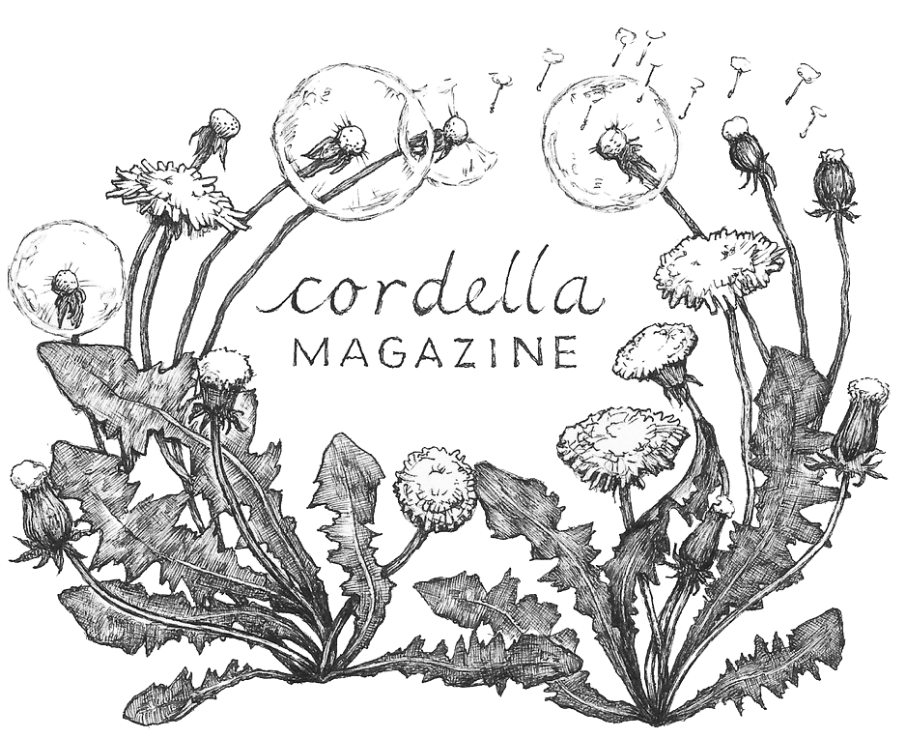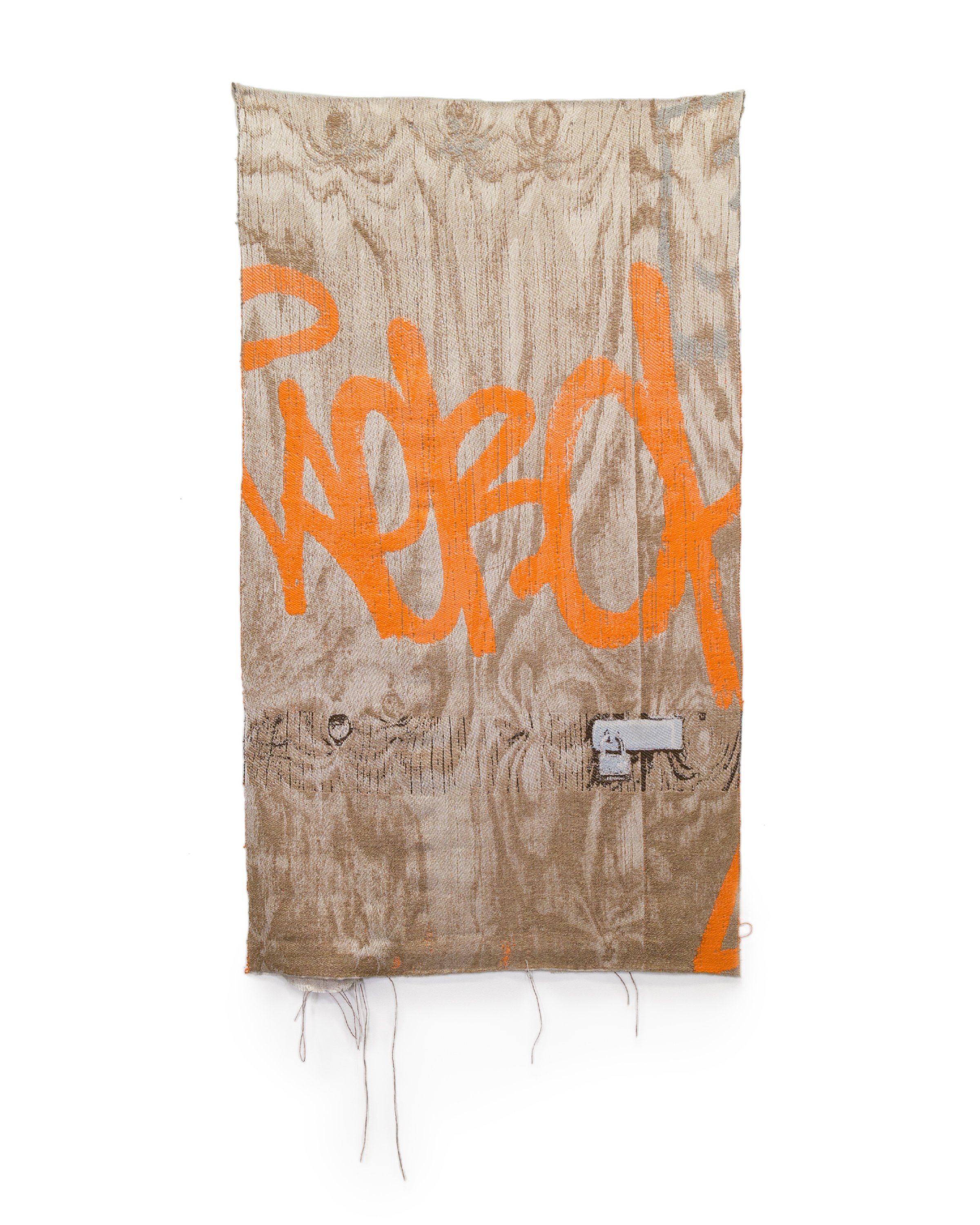Artifacts of Memory
The work of Hope Wang
With the posture of a neck craned downward in grief, I look at parking lots, roads, and sidewalks as sites of loss and longing.
Referring to the scars of recurring traffic left in the asphalt as wounds, I approach the structural environment as something flesh-like: of body, of ghosts.
I am drawn to sloppy maintenance around industrial spaces. People work very hard —though sometimes, not very diligently at all—to cover anything from discoloured brick, architectural deterioration, or graffiti. These signifiers, such as paint patches, construction plywood, safety zoning barricades, have a material quality that delineate how people function, occupy, and transit through places.
For me, the peripheral details about our built environment hold meaning and narrative, even if they are often seen as provisional or haphazard. My work treats the architectural landscape as a malleable document of visual language where building facades become eroded, redacted, and defaced. I translate images of architectural “scars” in factory parking lots, construction sites, and city commutes through computer-assisted handweaving and meticulous printmaking. Using the representational technique of trompe l’oeil to push cloth and paper to appear as a different material altogether, I craft elaborate inside jokes with myself, and destabilize the viewer’s initial understanding of material conditions and perception. These thin spaces between physical occupancy and material manipulation of textile, print, and photography suggest that meaning and memory are often in flux, and thus, often written over and over again. I explore what we might hide behind illusions, as well as what is both born and lost in the moment of revelation when what we see isn’t quite what it seems.
My work considers the ways architectural spaces become artifacts of memory, and how spaces themselves become palimpsests of meaning. What happens to your memories when the physical artifacts disappear or change?
–Hope Wang
Hope Wang, closed blinds in bleak houses, handwoven on the TC2 jacquard loom with cotton and polyester, 47 x 28”, 2017
Hope Wang, face prostrate, temples kissing the baked facade, handwoven on the TC2 jacquard loom with with cotton and wool, 44 x 48”, 2017
Hope Wang, Gutted Asphalt, handwoven on TC2 Jacquard loom with reflective polyester and cotton and wool, 13 x 15”, 2021
Hope Wang, Marred Lot, handwoven on TC2 Jacquard loom with reflective polyester and cotton and wool, 13 x 15”, 2021
Hope Wang, Peppered Cement, handwoven on TC2 Jacquard loom with reflective polyester and cotton and wool, 14 x 28”, 2021
Hope Wang,
nodding and smiling
nodding and smiling at everything
until my head falls off
until everything falls off
nodding and laughing at
how nice the sun feels,
handwoven on TC2 jacquard loom with cotton and wool, 30 x 61”, 2017
Hope Wang, the dust continues to scurry into the spotlight, handwoven on the TC2 jacquard loom with cotton and polyester, 46 x 28”, 2018
Hope Wang
Hope Wang is a Chicago-based artist, arts facilitator, and poet. Contending with sloppy traces of human activity around sites of industrial labour, her work considers the ways architectural spaces become artifacts of memory. She likes to joke that she creates geo-caches of public places she has cried in. She hosts and operates LMRM, a floor loom rental resource for Chicago fiber artists. She received her BFA (2018) from The School of the Art Institute of Chicago and is a 2021 recipient of the gener8tor Art Accelerator Program Grant. She has attended the Digital Weaving Lab Residency at Praxis Fiber Workshop; The Weaving Mill WARP Residency; and Spudnik Press Cooperative Fellowship. Her work has been exhibited at Ignition Project Space (Chicago, IL); Gallery No One (Chicago, IL); Chicago Art Department (Chicago, IL); Sullivan Galleries (Chicago, IL); and Zhou B Art Center (Chicago, IL), amongst others. hopewang.com










